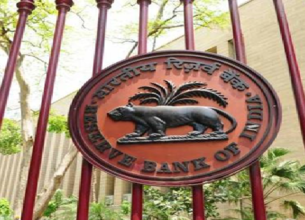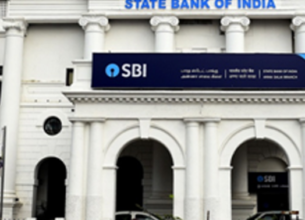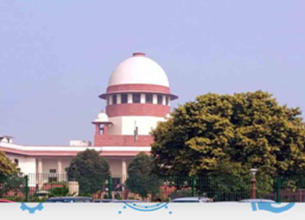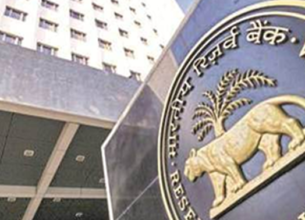PARTIAL CREDIT GUARANTEE SCHEME
13, Dec 2019
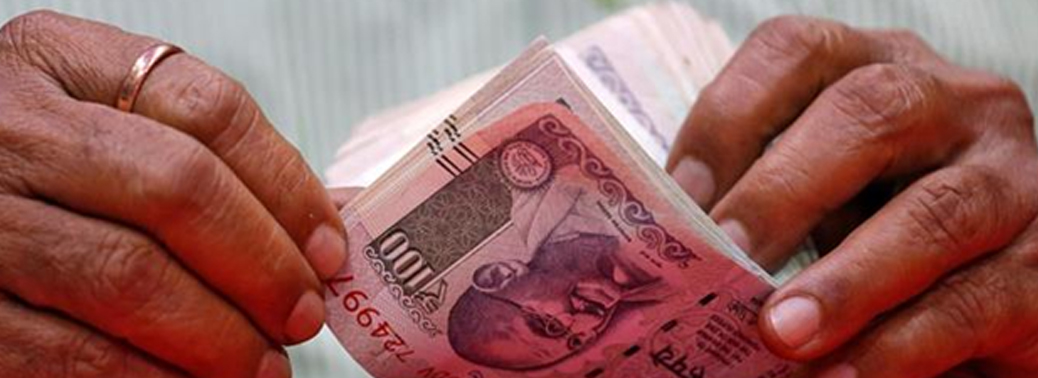
Prelims level : Economics- Banking Sector
Mains level : GS-III Mobilization of Resources, Growth and Development
Why in News?
- The Union Cabinet has recently approved the Partial Credit Guarantee Scheme for the benefit of the banks and NBFCs.
Background Info:
- Over a period of time, the NBFC sector in India has emerged as major source of loans. However, the sector been facing liquidity crunch due to Asset-Liability Mismatch.
- The poor financial condition of the NBFCs has in turn adversely affected the credit creation in the Indian Economy.
- In this regard, the Union Budget 2019 had announced Partial Credit Guarantee Scheme. Now, the Union cabinet has decided to adopt certain modifications in the existing scheme.
About Partial Credit Guarantee Scheme:
- Under the Partial Credit Guarantee Scheme, the Public Sector Banks would purchase highly rated assets of the NBFCs and HFCs (Housing Finance Companies) in order to address the temporary liquidity crunch.
- Under this Scheme, the Government has agreed to provide 10% first loss guarantee to assets, amounting to total of ₹ 1 lakh crore.
- Here it is important to note that the limit of ₹ 1 lakh crore refers to the total amount of assets against which guarantee will be extended and not the total amount of guarantee. The maximum exposure that the Government will take under the Scheme is ₹ 10,000 crores (10% of ₹ 1 lakh crore).
- Such a move by the Government is expected to inject more liquidity into the economy so as to counter the present Economic Slowdown.
Modifications in the Scheme:
- Based upon suggestions received from various stakeholders and discussions held with them, the Union Cabinet has now decided to adopt the following modifications:
1.Inclusion of NBFCs in the SMA-0 Category
- Earlier, the Scheme did not cover the assets of NBFCs that had slipped into Special Mention account (SMA) category. Now, the Union Cabinet has decided to even include those assets that have slipped into SMA-0 Category.(But does not include SMA-1 and SMA-2 category assets).
2. Ratings of the Underlying Assets:
- Earlier, the Public Sector Banks were allowed to buy only those assets which were rated “AA” and above. However, as per the new modification, the Public Sector Banks are now allowed to buy those assets which are rated “BBB+” and above. Such an increase in the ambit of assets would enable the Public Sector Banks to buy more assets from the NBFCs and HFCs.
Benefits of the Scheme
- Provide Liquidity Support to the NBFCs and HFCs
- Improve the Credit Creation in the Economy.
- Protect the financial system from any adverse contagion effect that may arise due to failure of NBFCs and HFCs.
Additional Information:
About Special Mention Category Assets:
- It is to be noted that Special Mention Category has been introduced by the RBI in order to identify the incipient stress in the assets of the banks and NBFCs. These are the accounts that have not-yet turned NPAs , but rather these accounts can potentially become NPAs in future if no suitable action is action.
- The SMA has the various sub-categories as shown below:
- SMA-0:Principal or interest payment overdue for not more than 30 days
- SMA-1: Principal or interest payment overdue between 31-60 days
- SMA-2: Principal or interest payment overdue between 61-90 days






